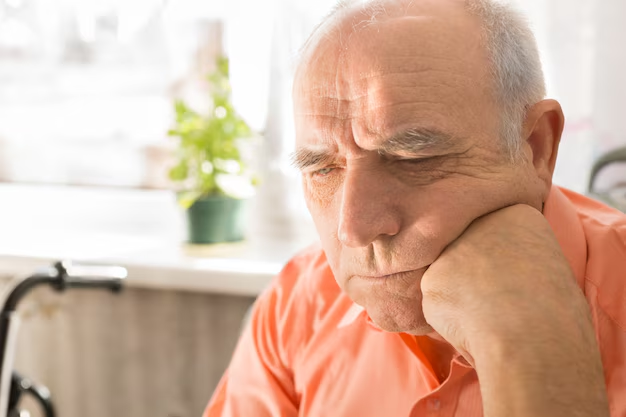Understanding the Pain in Parkinson’s Disease: What You Need to Know
Those affected by Parkinson's disease often describe the experience as a relentless journey marked by several challenging symptoms. Pain is one of the prominent issues associated with Parkinson’s—is it, however, as intrinsic to the disease as the tremors and rigidity it's commonly known for?
The Reality of Pain for Parkinson's Patients
While not every individual with Parkinson's disease experiences pain, it's a significant symptom for a sizable portion of patients. Pain can manifest in different forms:
Musculoskeletal Pain: Often arising from muscle stiffness and rigidity common in Parkinson's, this type of pain resembles strains and often affects joints and bones.
Neuropathic Pain: A less frequent but notably challenging type of pain, neuropathic pain is often described as burning or tingling sensations due to nerve damage or dysfunction.
Dystonic Pain: Resulting from prolonged contractions of muscles, dystonic pain can cause severe discomfort, often in the neck or surrounding areas.
Central Pain: A persistent and often hard-to-pinpoint pain linked directly to the neurological effects of Parkinson’s on the brain.
Understanding the source and nature of each type of pain is critical. Effective management often starts with a multidisciplinary approach—punctuated by medication adjustments, physical therapy, or other interventions suited to the individual's specific pain type.
Navigating Support and Financial Options
The expenses associated with managing Parkinson's disease, particularly when chronic pain is involved, add significant pressure. Medical bills, therapies, and assistive devices can accumulate, putting financial strain on patients and families. Fortunately, several financial assistance options can provide relief:
Government Aid Programs:
- Social Security Disability Insurance (SSDI) for those unable to work due to disability.
- Medicare and Medicaid often help cover necessary treatments and therapies.
Non-Profit Support: Organizations like the Michael J. Fox Foundation offer resources, and sometimes financial support, to those in need.
Pharmaceutical Assistance: Many pharmaceutical companies have patient assistance programs to reduce the cost of medications.
State and Local Resources: Various local agencies offer financial assistance for home modifications and caregiver support.
Empowering Affected Individuals Through Educational Opportunities
Beyond financial support, educational resources are valuable to those impacted by Parkinson's. Staying informed about the disease can not only empower patients and caregivers with knowledge but also assist in pain management:
Workshops and Webinars: Programs offered by Parkinson's foundations provide insights into managing pain and other symptoms.
Support Groups: Sharing experiences and coping strategies in group settings can provide emotional relief and practical advice.
Online Courses: Free or low-cost courses from platforms like Coursera or Khan Academy cover health education topics, enhancing understanding of the disease's impact.
Financial Assistance and Support Resources 🏥💵🎓
- Social Security Disability Insurance (SSDI)
- Medicare & Medicaid
- Michael J. Fox Foundation Resources
- Pharmaceutical Patient Assistance Programs
- Local Support Agencies for Home and Caregiver Assistance
- Online Health Education Courses
- Parkinson's Workshops and Webinars
Managing Parkinson’s and its symptoms, especially pain, demands a comprehensive approach that combines medical, financial, and educational resources. Understanding these options not only helps in addressing the immediate physical challenges but also alleviates the financial burdens, allowing affected individuals and their families to focus more on quality of life.

Related Topics
- Are There Environmental Causes Of Parkinsons
- Can Alcohol Cause Parkinson's
- Can Concussions Cause Parkinson's
- Can Concussions Cause Parkinson's Disease
- Can Dogs Get Parkinson's Disease
- Can Dogs Get Parkinsons
- Can Dogs Have Parkinson's
- Can Dogs Have Parkinson's Disease
- Can Females Get Parkinson Disease
- Can Head Trauma Cause Parkinson's